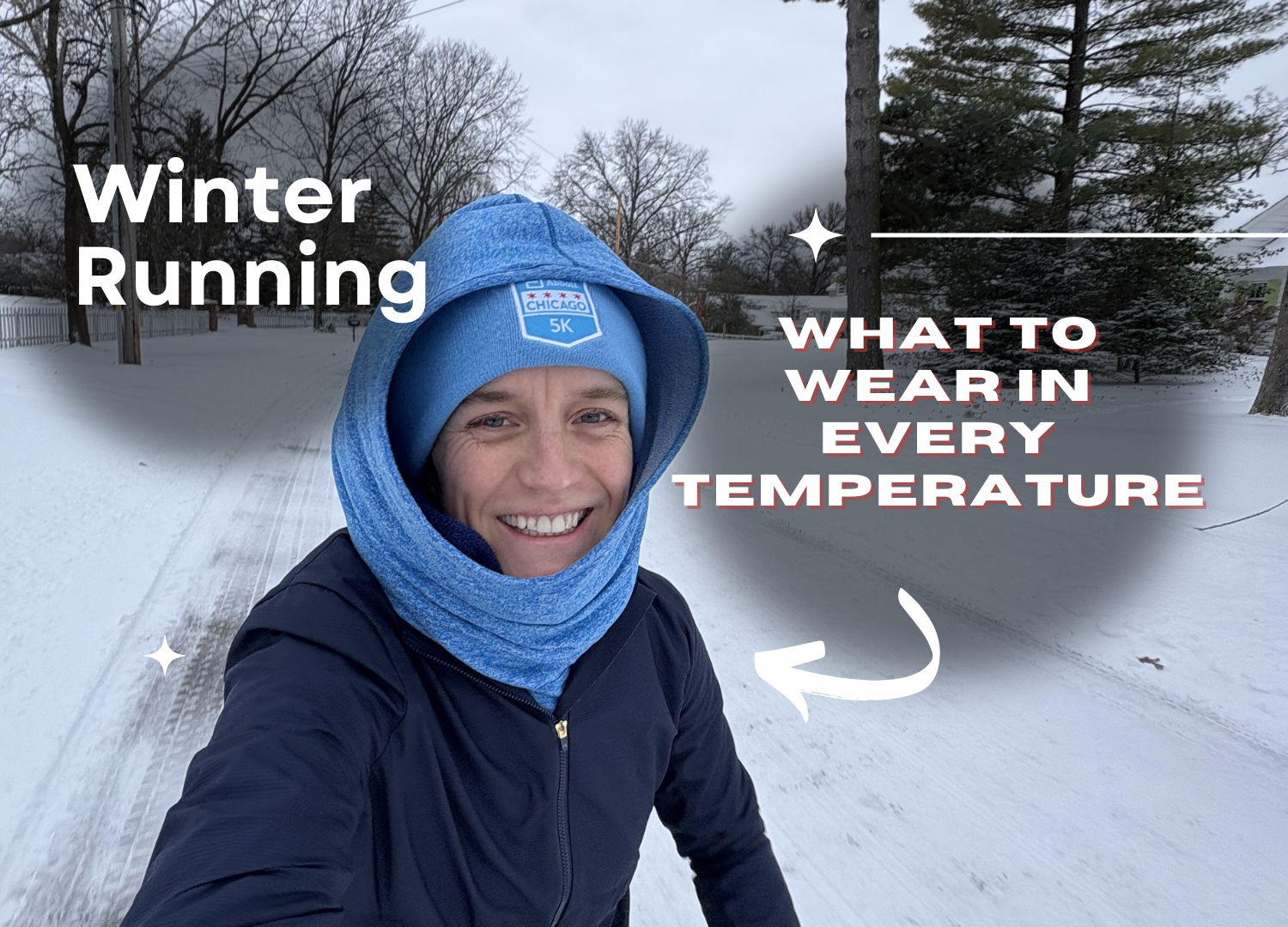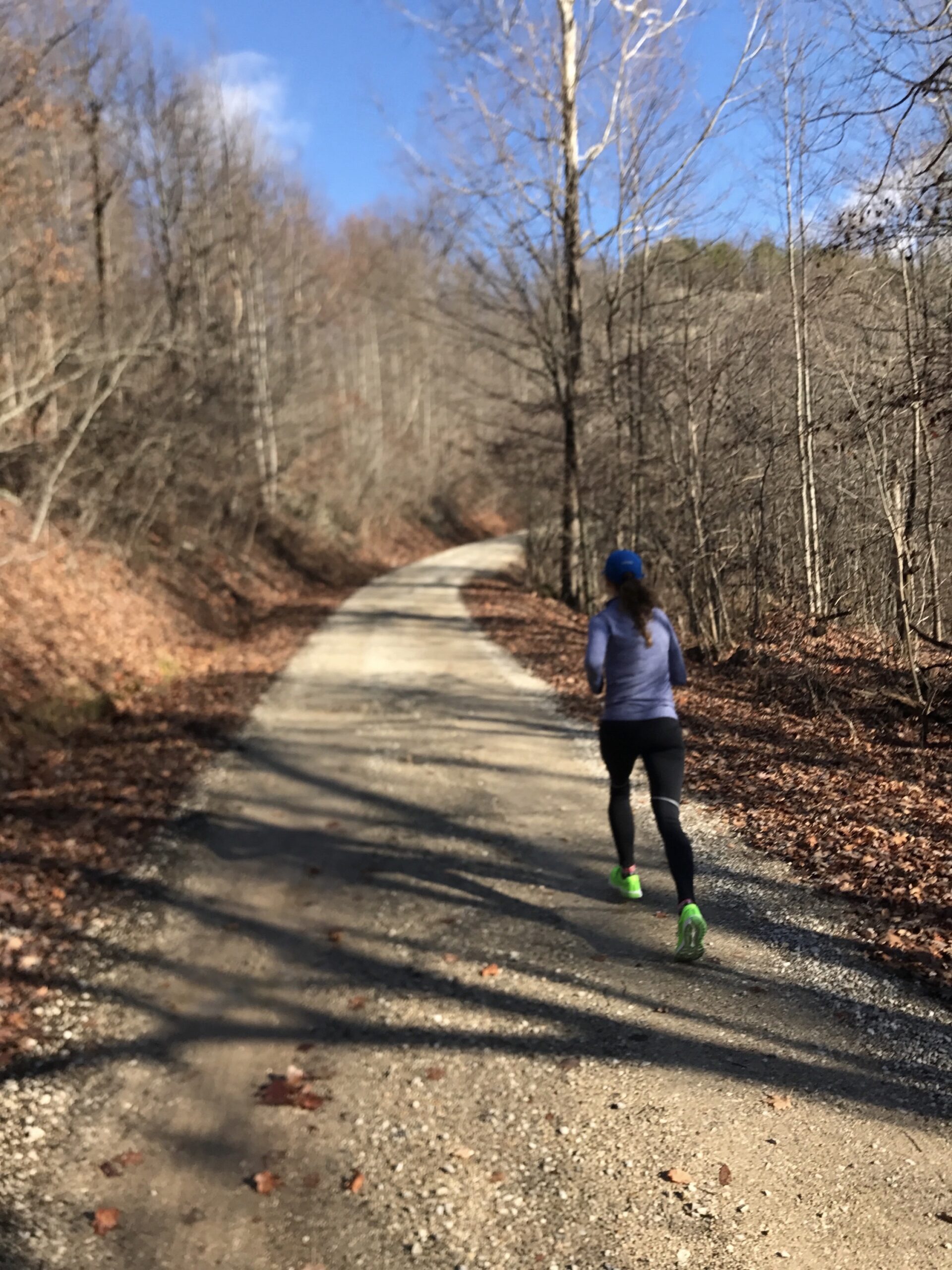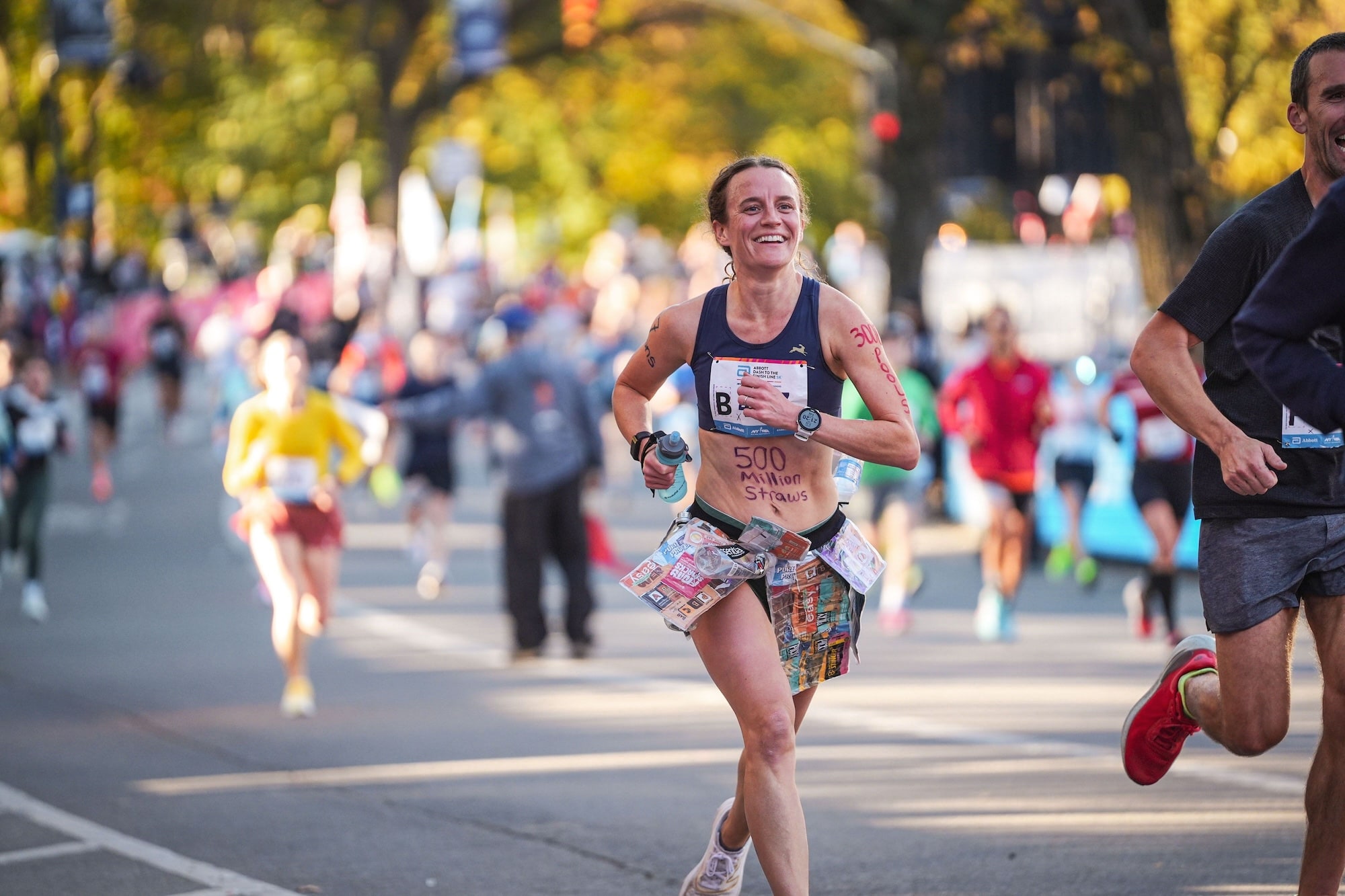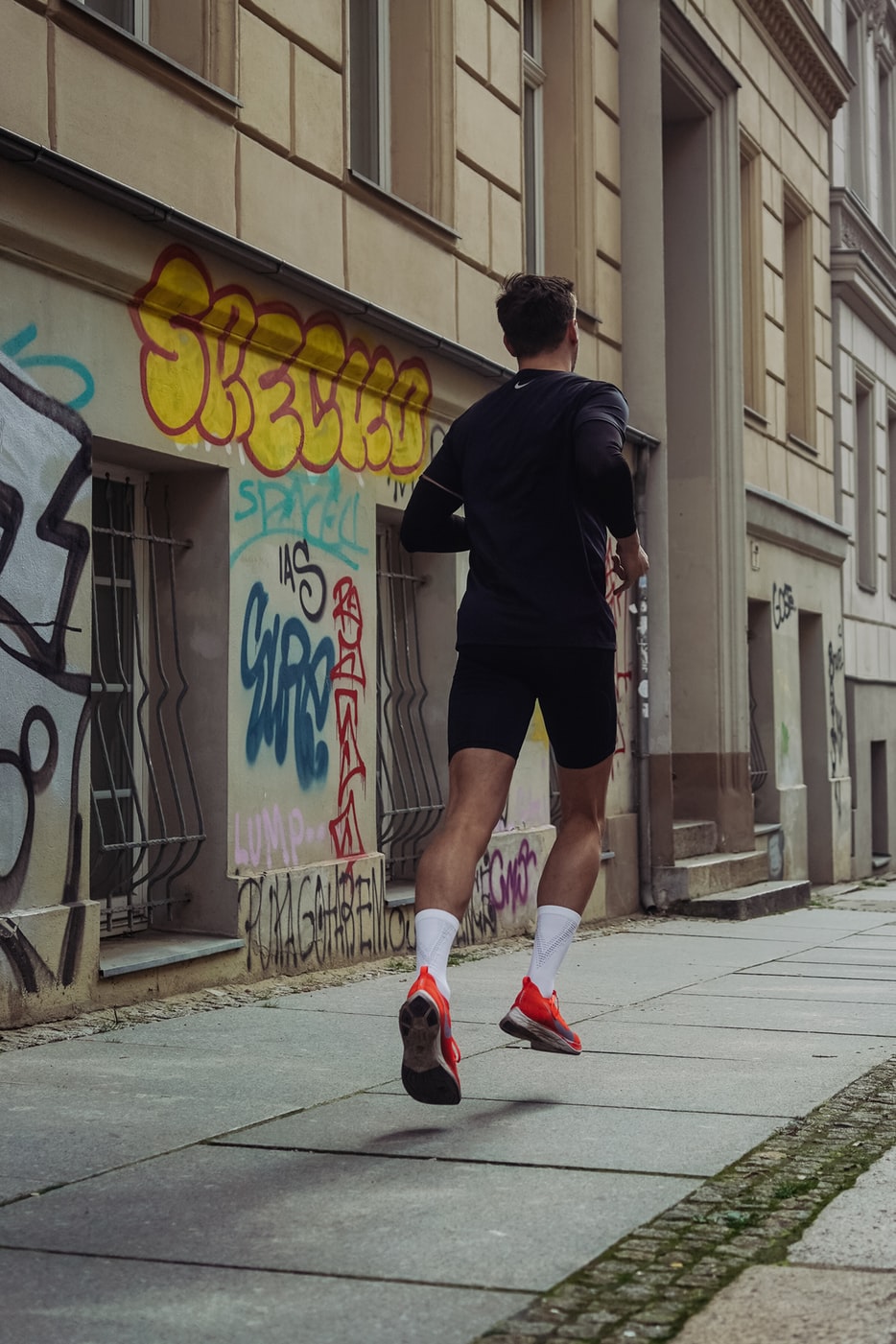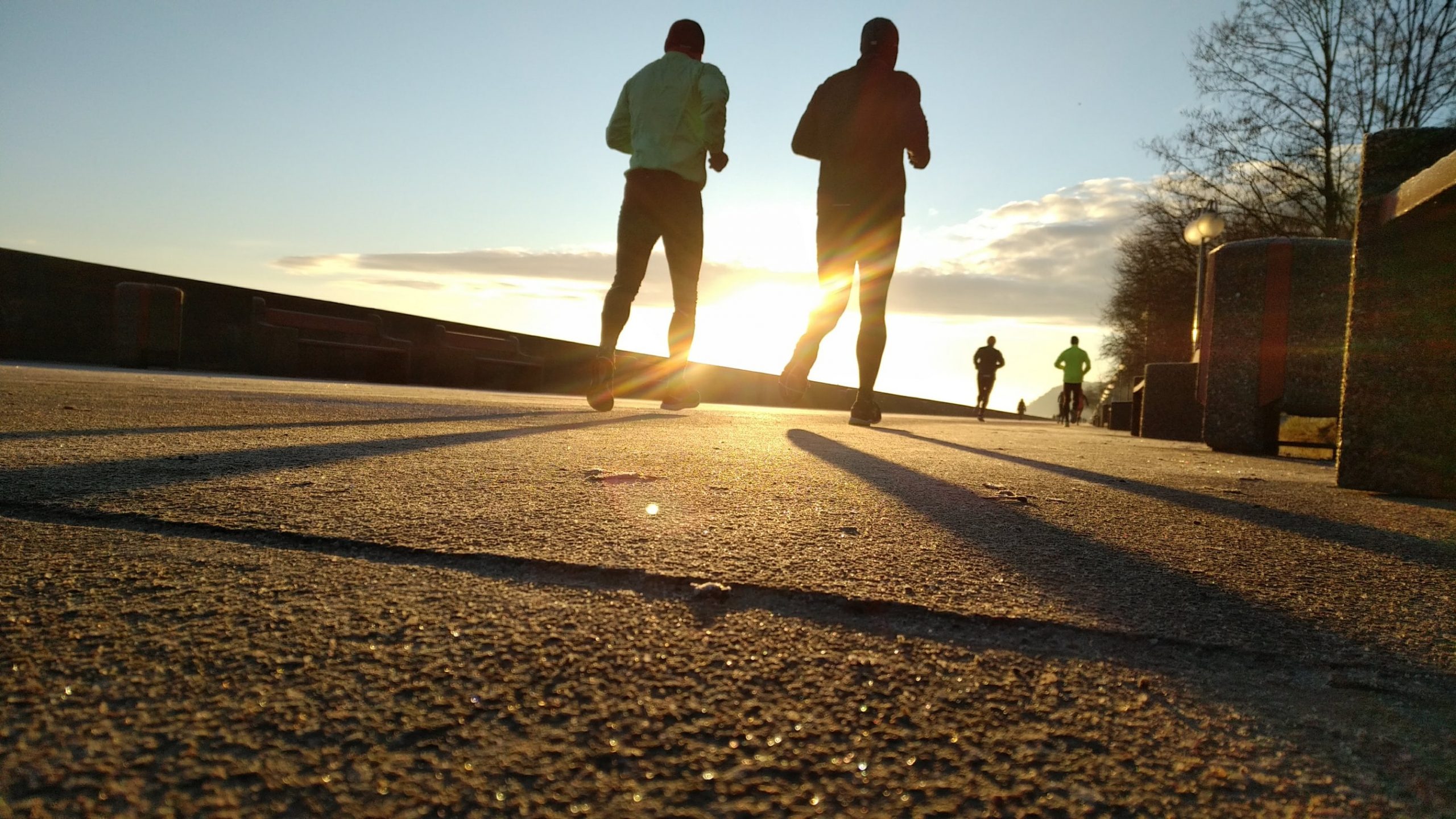In my many years of training seriously as a collegiate/elite athlete I have had my fair share of injuries.
Other than my most recent muscle strain, pool running has been my savior when it comes to maintaining fitness during time off running. Well, that AND my Coming Back from Injury Podcast Series, we all need that friend in our corner and that will be me, along with some experts.
It is the most effective way to maintain running fitness as best you possibly can (unless you are lucky enough to have access to an underwater or Alter G treadmill).
Make sure you try it out before fully committing as certain muscle/tendon injuries may be aggravated by pool running; my recent tibialis anterior strain was irritated by it, so I could not use it.
So what exactly is pool running/deep water running/aqua jogging?
Pool running is pretty much what it sounds, going into the deep end of a pool, and mimicking your running motion as closely as possible for a great cardiovascular and muscular workout.
Your muscles do not really know the difference if you do it right! Pool running usually involves wearing a flotation belt, that may encourage some pitying stares, but it is worth it.
I would always swim a few laps at the end, just to prove that I could to the doubters watching!
That is my pride at its worst. Although I purchased my own, most pools have them in their supply cupboard for you to use.
What does the research say about why pool running works?
In 1993, Eyestone et al. concluded that over a 6-week period, runners who were unable to run because of soft tissue injury could maintain VO2 max and run a 2-mile run performance time similar to running using either cycling or water running.
In 2001, Burns and Lauder completed a study that discovered Military personnel who completed four to eight weeks of pool running maintained VO2 max, anaerobic threshold, land running economy, leg strength, and 2-mile land run performance.
Michaud et al. compared treadmill running and pool running, finding that after 8 weeks of training, V02 max increased by 10.6% for treadmill running and 20. 1% for pool running for sedentary adults.
My experience agrees with these findings.
In 2010 I tore my calf running on snow. It was diagnosed at the end of January, and I was not allowed to run a step for a month.
Once I could start running, it was a very slow process; starting with 2×2 minutes (1 minute walk in between).
One week after I could start running I was at 10 minutes.
The build up was very slow and the deadline to qualify for the national championships was closing in fast. During this time I was pool running every day, spending up to two hours at a time making laps of the pool.
On workout days I pushed myself as hard as I would on land, and spent my days visualizing the National Championships.
On the last day you could qualify, I had six weeks of running on land completed. I ran my first 10K ever on the track.
Not only did I hit the automatic qualifying time, booking my ticket to Turlock, CA, but I finished 5th in the 10K and 6th in the 5K.
Even though the time I ran that day was a minute slower than my current PR, that race meant more to me than any other because of all the time I had spent in the pool. I truly knew, pool running works!

How to pool run or aqua jog correctly
However, for pool running to be effective, you HAVE to do it right. If it is “easy” then you are not doing it right. Here are my tips for maintaining the correct form:
The belt should sit just below your rib cage, sitting snugly with the float across the small of your back. It should not sit on your hips.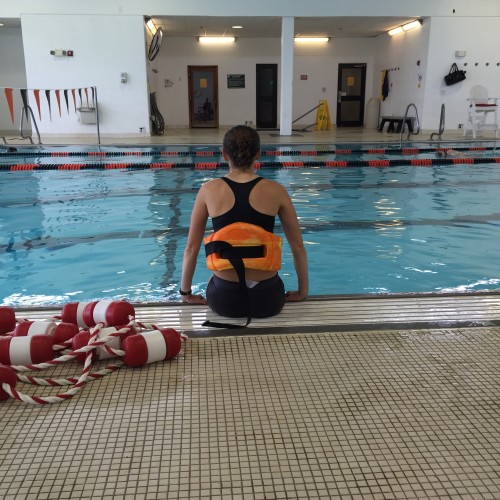
How to move your legs correctly for pool running or aqua jogging
Most important is to make sure your legs complete a full rotation. If you want it to mimic running in a way that will make it easy for you to transition back, you need to make sure your legs go all the way around.
Extend your lower leg out in front of you in a similar way to running on land (with your heel or mid foot reaching out in front, knee almost straight). It will feel as though you are exaggerating the motion at first.
Draw your leg back, driving it against the resistance of the water. You should feel your hamstrings engaging as you do this.
Raise your knee till your quad is in a horizontal position to complete a usual running motion before repeating the cycle again.
How to move your arms correctly for pool running or aqua jogging
Your arms are the driving force behind pool running.
They should feel sore/tired when you leave the pool. The harder you want to work, the more you need to drive your arms, they will bring your legs with them.
Arms need to be going back and forth, bent at the elbow with your hands going from your waist to just below the surface of the water, making sure they are going straight forward and back, NOT side to side.
A lot of people end up “swimming” with their hands, make sure your fingers are either pointed straight, or in a lightly clenched fist.
You do not want to cup the water with your hands, it will make it too easy, and you will not get a good workout in.
How to hold the correct posture while pool running or aqua jogging
It is absolutely critical that you make sure you stay as upright as possible. If the float is out of the water, you are leaning forwards too far. By looking above the edge of the pool you will keep your eye line at the right level, which should help this.
How to position your feet for pool running or aqua jogging
Your toes should not be tensed in a flexed position, but should be relatively relaxed, following the usual running motion.
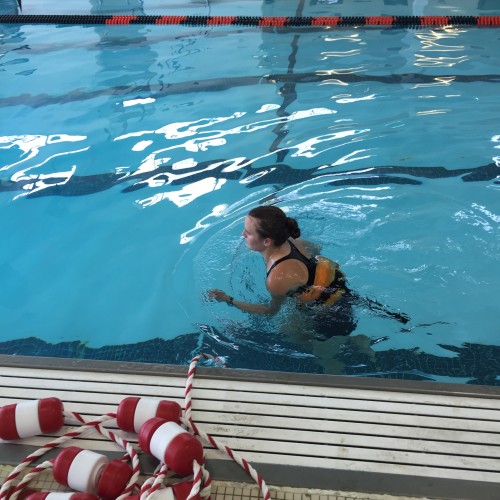 It will also be helpful for you to watch a few videos on it.
It will also be helpful for you to watch a few videos on it.
Lynda Huey is the best expert I know of, so I would recommend following her page for videos.
Now, this is important:
The first time you pool run, you will have to concentrate THE ENTIRE TIME.
It will be hard work, and you will have to remind yourself to check each of the points mentioned at least once every minute.
Once your body has got used to the motion, and you have it down, you can reduce the checking, but the first time you pool run, I cannot stress enough how important it is to focus on form for the entire duration.
Imagine if you could start to run all over again, you would want to start with perfect running form right?
How you complete pool running the first time, will determine the rest of your pool running “career”. It will become automatic after a few runs.
Everyone has a weakness, and once you discover yours, you will need to keep reminding yourself of it, even once you have been doing it for a while. It may be helpful to get a friend or loved one, to stand on the edge of the pool to check how you look.
Here are some of the most common mistakes that you need to make sure you not doing.
- Leaning too far forward
- Your back should be in an almost upright position, with the belt under the water.
- Legs not completing a full rotation
- Often, people end up just doing high knees (legs going up and down), but you need to make sure they follow a full rotation. You should feel the resistance of the water against your:
- Calves as they drive down
- Hamstrings as you bring your legs back
- Quads as you raise your knee
- Often, people end up just doing high knees (legs going up and down), but you need to make sure they follow a full rotation. You should feel the resistance of the water against your:
- Hands cupping the water
- Make sure your hands are cutting through the water, rather than acting as a paddle.
Once you have the technique down, you can begin to add intensity a few times a week to raise your heart rate.
This is also very important to maintain your fitness level.
You can take your on land workout and do it in the pool. Make sure you cut your rest in half as your heart rate will return to normal faster than it does on land. I shared an entire article on how to use pool running workouts, if you want to learn more here.
You can also do more workouts in a week than you would on land as the water helps you recover faster.
I would recommend keeping the intervals shorter as it is easy to lose focus and intensity when pool running for a longer period of time.
I know how heartbreaking injuries are, and I would be happy to help in any way I can.
References
Effect of water running and cycling on maximum oxygen consumption and 2-mile run performance. Eyestone ED, Fellingham G, George J, Fisher AG.Am J Sports Med. 1993 Jan-Feb;21(1):41-4.
Think we could be friends?
I am always this honest, real, raw. If this article speaks to you, I really believe we could be friends and I could help you with what you are working through. Drop your email below, and I will reach out to you


